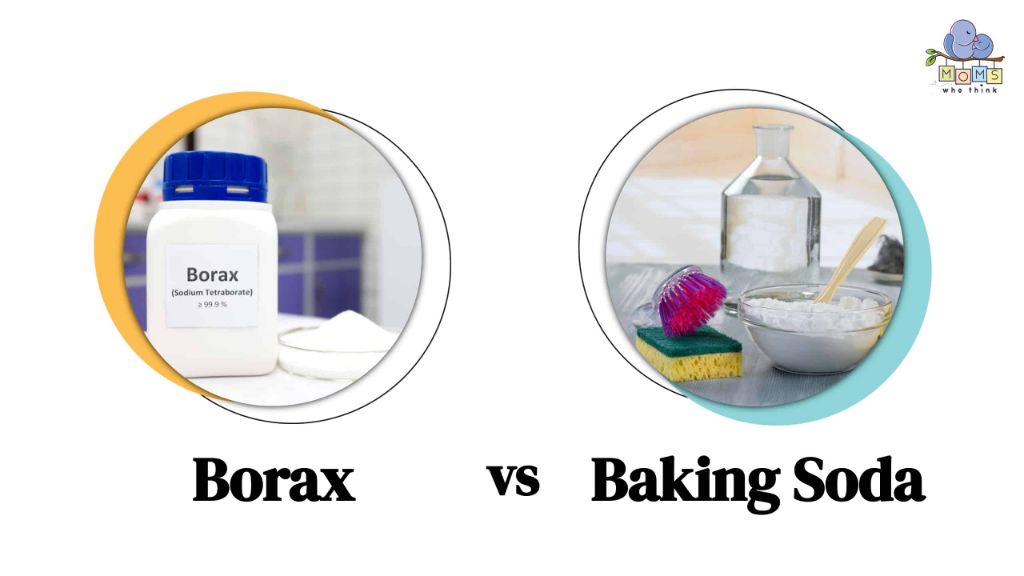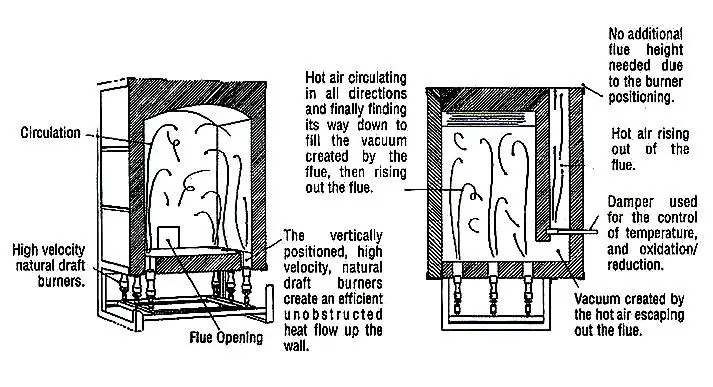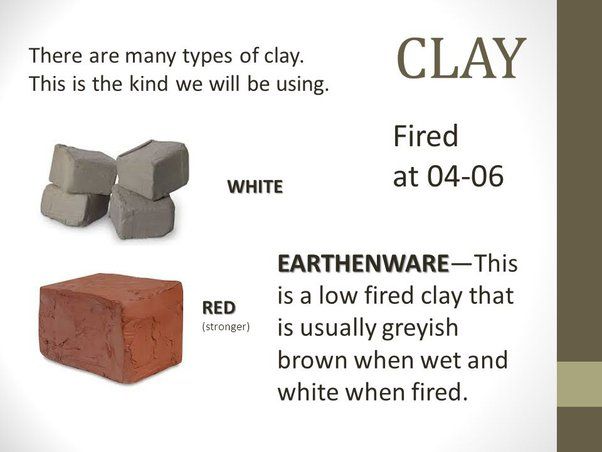Can You Drink Soda Ash?
What is Soda Ash?
Soda ash, also known as sodium carbonate (Na2CO3), is an alkaline inorganic salt composed of sodium, carbon, and oxygen. It has been used for over 5,000 years and is the 10th most consumed inorganic compound in the world (https://www.etisoda.com/en/what-is-soda-ash/). Soda ash is naturally occurring and can be made synthetically. It has a variety of industrial uses including glass making, detergents, water treatment, and metallurgy. Soda ash helps regulate pH and is a common ingredient in commercially produced baked goods. It’s also used for homemade activities like tie-dyeing clothing. When dissolved in water, soda ash raises the alkalinity and produces a slippery or soapy texture.
Is Soda Ash Safe to Ingest?
While ingesting small amounts of soda ash is generally safe, larger amounts can be toxic and harmful. Soda ash, also known as sodium carbonate, is commonly used as a cleaning agent and in industrial applications. Ingesting concentrated solutions or large amounts can irritate and even burn the mouth, throat, esophagus, and stomach.[1]
According to the Oregon Health Authority, ingesting solutions containing more than 7% sodium carbonate can cause irritation, while solutions higher than 15% are considered hazardous.[3] The maximum safe oral dose for adults is about 10 grams, while toxic effects can occur after ingesting as little as 28 grams.[1]
Possible side effects of ingesting too much soda ash include nausea, vomiting, diarrhea, abdominal pain, tingling sensations, muscle twitching, and burning in the esophagus. Severe poisoning can cause weakness, headache, decreased kidney function, mental status changes, and respiratory issues like shortness of breath.[1]
To prevent accidental ingestion, soda ash solutions should be properly labeled and stored securely, especially around children and pets. If soda ash is ingested, rinse out the mouth, drink milk or water to dilute it, and call poison control or seek medical attention for concerning symptoms.[2]
Why People Might Drink Soda Ash
There are a few reasons why someone may consume soda ash, despite it being potentially dangerous if ingested:
Some people believe that drinking soda ash provides health benefits due to misconceptions about its properties. Soda ash has an alkaline pH which leads some to think it can neutralize acidity in the body or promote detoxification. However, there is no scientific evidence that ingesting soda ash provides any health benefits.
Others confuse soda ash with baking soda. While both contain sodium and carbonate ions, they are chemically different substances. Baking soda (sodium bicarbonate) is generally recognized as safe for human consumption in small quantities. Soda ash (sodium carbonate) can be toxic if ingested.
There is also a risk of accidental ingestion, especially by children. Soda ash is commonly used in household cleaners, detergents, and water treatment. Consuming these products containing soda ash could be dangerous. Proper storage and labeling of any product with soda ash is important to avoid potential accidental consumption.
Dangers of Drinking Soda Ash
Ingesting soda ash can be harmful depending on the amount consumed. According to the Iowa State University, inhaling sodium carbonate dust irritates the respiratory tract and can cause burning pain in the nose and throat (https://www.livestrong.com/article/218440-what-are-the-dangers-of-sodium-carbonate/).
Consuming soda ash can lead to a variety of negative health effects. In the short term, ingesting large amounts may cause vomiting, diarrhea, stomach ache, numbness in the face and mouth, seizures, or muscle twitching (https://www.mountsinai.org/health-library/poison/sodium-carbonate-poisoning). Long-term risks of repeated exposure include tooth decay, skin inflammation, and kidney problems.
The most serious risk is sodium carbonate poisoning. Symptoms of toxicity can include weakness, confusion, irritability, headache, thirst, rapid breathing, and muscle twitching. Severe poisoning may lead to irregular heartbeat, collapse, and death (https://www.mountsinai.org/health-library/poison/sodium-carbonate-poisoning). Seeking immediate medical attention is critical if soda ash poisoning is suspected.
First Aid If Soda Ash Is Ingested
If soda ash is ingested, it is important to act quickly to reduce potential harm. According to Poison Control (https://www.poison.org/), the first step is to have the person drink a small amount of milk or water. Do not induce vomiting. Call Poison Control at 1-800-222-1222 for immediate assistance. Poison specialists are available 24/7.
Call 911 right away if the person is having severe symptoms like vomiting, trouble breathing, chest pain, or blurred vision. Emergency medical assistance should be sought for ingestion of large amounts of soda ash. According to Mount Sinai (https://www.mountsinai.org/health-library/poison/sodium-carbonate-poisoning), the toxic dose of soda ash begins at 5 grams.
Treatment depends on the amount ingested and severity of symptoms. Mild poisoning is treated by administering fluids orally or intravenously to prevent dehydration. Medications may be given to control vomiting or pain. In severe cases, airway management, breathing support, and other interventions may be required. Quick action can reduce the dangers of soda ash poisoning.
Preventing Accidental Ingestion
There are several ways to help prevent accidental ingestion of soda ash, especially by children:
Proper labeling is crucial. Containers of soda ash should be clearly labeled with the contents, warnings of potential hazards if ingested, and first aid instructions in case of accidental ingestion. Childproof packaging can provide an additional barrier against accidental exposure. Warning labels should be large, clear, and easy to understand.
Safe storage of soda ash is also important. It should be kept in locked or childproof cabinets, out of sight and reach of children. Never transfer soda ash to containers that children may mistake for food or drink. Dispose of empty soda ash containers properly.
Educating children about the dangers of ingesting unidentified substances is another preventative measure. Teach them to ask an adult before tasting anything unfamiliar. Supervise children around hazardous household chemicals.
Taking basic precautions can go a long way to avoiding accidental soda ash poisoning, especially in children. Proper labeling, childproof packaging, safe storage, and education are key.
Suitable Alternatives to Soda Ash
While soda ash has many household and industrial uses, it can be dangerous if ingested. Luckily, there are several safer alternatives that can be substituted in place of soda ash for cleaning and other purposes:

Baking Soda – Baking soda, or sodium bicarbonate, is a mild alkaline that can help remove dirt and neutralize odors. It’s gentler than soda ash and safer if accidentally swallowed. Baking soda can be used for cleaning purposes by making a paste or soaking items in a baking soda solution (How do I Use Baking Soda Instead of Soda Ash as a Fixer Solution?, 2022).
Washing Soda – Also known as sodium carbonate decahydrate, washing soda is a more diluted form of soda ash. It can be used as a laundry detergent booster and household cleaner. Though not as alkaline as soda ash, washing soda is also moderately caustic and should be handled with care (Alternative for soda ash?! : r/tiedye, 2021).
Borax – Borax is a natural mineral salt that can be used as a disinfectant, laundry booster, and cleaning product. It’s non-toxic when used properly. Borax makes an effective substitute for soda ash when cleaning sinks, tubs, and other household items.
Vinegar – White vinegar or apple cider vinegar can be used instead of soda ash to soften laundry water. As a mild acid, vinegar helps remove dirt, odors, and stains from fabrics. Vinegar is also helpful for cleaning windows, counter tops, and other surfaces around the home (Alternatives to Soda Ash, 2019).
Myths vs Facts about Ingesting Soda Ash
There are some common myths and misconceptions about ingesting soda ash. Here are some facts to help debunk them:
Myth: It’s okay to ingest small amounts of soda ash regularly.
Fact: According to Mount Sinai Hospital, ingesting even small amounts of soda ash over time can lead to problems like gastrointestinal irritation or mouth sores (https://www.mountsinai.org/health-library/poison/sodium-carbonate-poisoning). Soda ash should never be ingested regularly.
Myth: Soda ash is harmless if ingested accidentally.
Fact: While a small, one-time accidental ingestion likely won’t cause major issues in healthy adults, larger amounts can irritate the esophagus and stomach lining according to doctors on Quora (https://www.quora.com/I-accidentally-ingested-1-4-tbspn-of-sodium-carbonate-washing-soda-what-do-I-do-I-thought-it-was-baking-soda). It’s best not to ingest it.
Myth: Mixing soda ash in drinking water is safe.
Fact: According to the manufacturer OCI Chemical, “There have been reports of people dissolving washing soda in water to neutralize acidity and drinking the mixture” which they strongly advise against as it can irritate and burn tissues (https://www.oci.com/products/sodium-carbonate/safety-information). Do not mix soda ash with drinking water.
Myth: Baking soda and soda ash are basically the same thing.
Fact: While chemically similar, baking soda (sodium bicarbonate) is much less caustic than soda ash (sodium carbonate) so they cannot be used interchangeably. According to Arm & Hammer, baking soda is edible but soda ash should not be ingested (https://www.armandhammer.com/articles/baking-soda-vs-washing-soda-whats-the-difference).
When to Consult a Doctor
You should seek medical attention if symptoms persist after initial first aid treatment. According to https://www.dovemed.com/healthy-living/first-aid/first-aid-washing-soda-poisoning, persistent vomiting, abdominal pain, or respiratory issues may indicate a more serious ingestion that requires medical care.
It’s also important to call emergency services or poison control if a large amount of soda ash was swallowed, even if the person seems fine initially. Small ingestions can usually be treated at home, but larger doses require closer monitoring and treatment.
At-risk groups like the elderly, young children, or those with chronic health conditions may experience more severe effects from ingesting soda ash. For these vulnerable populations, it’s best to seek medical evaluation after any amount is swallowed to ensure their safety.
Summary
Soda ash, or sodium carbonate, is an alkaline chemical found in many household cleaners. While it has some industrial and medical uses, ingesting soda ash can be extremely hazardous to your health (Mount Sinai Health Library, 2023). Sipping small amounts can lead to sore throat, nausea, vomiting, and stomach pain. Consuming larger quantities, even just a teaspoon, can seriously irritate the esophagus and stomach lining. This can result in severe bleeding, perforation, and death in extreme cases (STLukes, 2022).
There is no safe dose of soda ash that can be ingested. Accidentally sipping cleaning products with soda ash requires immediate dilution with water followed by medical attention. While soda ash has some household uses for cleaning and laundry, it should always be properly labeled and kept securely out of reach of children (Solvay, 2021). With safe handling and storage, accidental ingestion can be avoided. Overall, soda ash in any amount should never be swallowed as it poses a real risk of significant harm to health.





